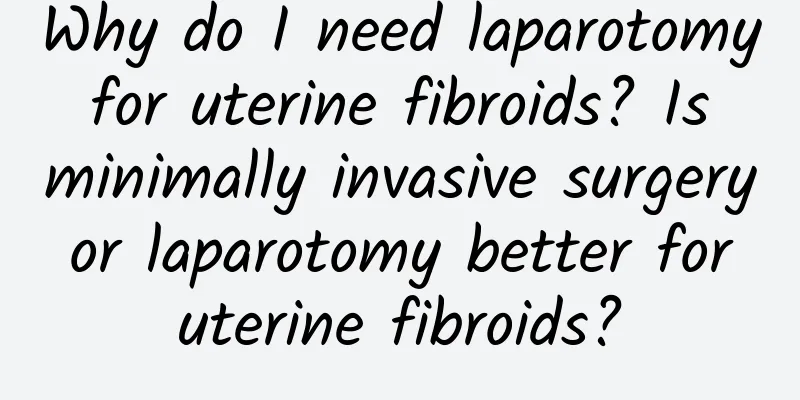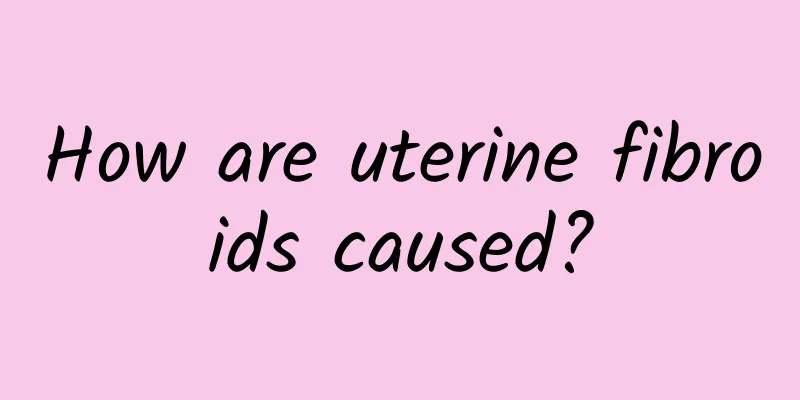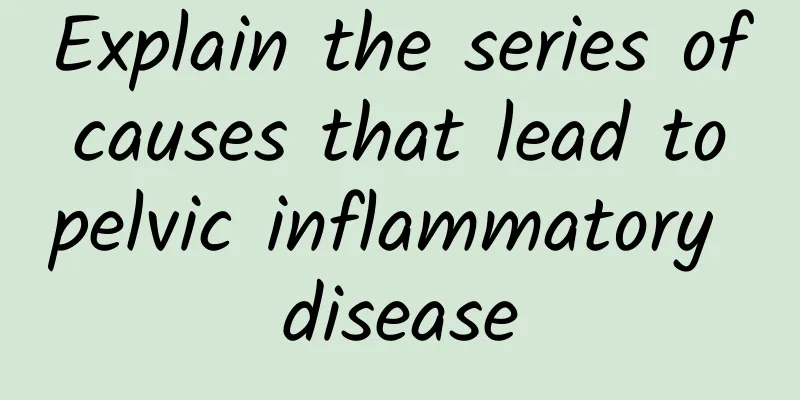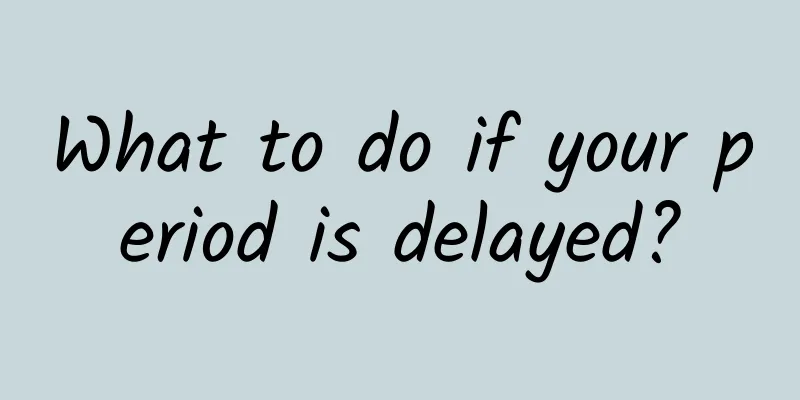Why do I need laparotomy for uterine fibroids? Is minimally invasive surgery or laparotomy better for uterine fibroids?

|
Why do I need laparotomy for uterine fibroids? Uterine fibroids are common benign tumors in women that grow mainly in the muscle layer of the uterine wall. Although most uterine fibroids are asymptomatic, in some cases they can cause serious symptoms such as irregular menstruation, pain, pelvic compression, etc. In response to these symptoms, surgical treatment is one of the common solutions for women with uterine fibroids. There are usually two options for uterine fibroid surgery, one is open surgery and the other is minimally invasive surgery. Open surgery is to enter the abdominal cavity through an abdominal incision, remove the uterine fibroids and repair the uterus. Minimally invasive surgery is to perform surgery through a small incision or in the body cavity through minimally invasive techniques such as laparoscopy or hysteroscopy. So, why do we need laparotomy for uterine fibroids? Laparotomy is more reliable in some serious cases. For huge uterine fibroids or multiple uterine fibroids, laparotomy can more comprehensively evaluate and treat the lesions and ensure complete removal of the lesions. For patients with comorbidities, laparotomy can also make it easier to perform combined treatments with other surgeries. Laparotomy can repair the uterus and more easily treat other possible problems at the same time. For example, for patients with combined endometriosis, abnormal endometrial thickness or other abnormal conditions, laparotomy can better complete the relevant treatment and improve the surgical effect. However, minimally invasive surgery also has its unique advantages. Minimally invasive surgery has small incisions, less trauma, and relatively shorter postoperative pain and recovery time. Minimally invasive surgery is a viable option for patients with smaller uterine fibroids or those who want to preserve uterine function. In addition, minimally invasive surgery is more suitable for young women or patients with fertility needs. In contrast, open abdominal surgery may have a certain impact on uterine function. In general, the choice of surgical method depends on the patient's specific situation and the doctor's advice. Before making a decision, the patient should fully understand his or her condition and have a detailed discussion and consultation with a professional doctor. Uterine fibroids are a common gynecological disease that can have a certain impact on women's lives and health. It is very important for women to understand the symptoms and treatments of uterine fibroids. When uterine fibroids require surgical treatment, choosing the right surgical method can better improve the treatment effect and quality of life after surgery. Both open surgery and minimally invasive surgery have their unique indications and advantages and disadvantages, and doctors will choose according to the patient's specific situation. Ultimately, patients need to communicate fully with their doctors to make the most appropriate decision together. |
>>: Where are uterine fibroids during lactation? How to treat uterine fibroids during lactation?
Recommend
Nine key points to pay attention to in the diet of irregular menstruation
For most cases nowadays, special attention should...
What is the chance of curing endometrial tuberculosis?
Regarding the treatment of endometrial tuberculos...
How to treat the causes of cervical hypertrophy
The simple cause of cervical hypertrophy will not...
What is ovulation bleeding?
Ovulation bleeding, also known as ovulation bleed...
How should women prevent cervical erosion? Women can do this to keep you away from cervical erosion
Cervical erosion is one of the common gynecologic...
Zero failure! Want to follow a high-protein, low-carb diet? 5 ways to succeed
Boiled chicken breast, boiled sweet potato and ch...
How can I cure dysmenorrhea?
How can we cure dysmenorrhea? The appearance of d...
How to treat candidal vaginitis in unmarried women
How to treat candidal vaginitis in unmarried wome...
Analysis of the success rate of medical abortion
Experts say that some women first think of artifi...
What should you pay attention to when having medical abortion?
Medical abortion is not very simple. In addition ...
Stir-fried bean sprouts with vinegar to remove the bean smell and stewed pig's trotters
[Key points]: Eat more bean sprouts in winter, wh...
Menstrual symptoms of vaginal candidiasis
Due to the shedding of epithelial cells and mycel...
Avoid obesity by eating hotpot: three steps
The weather is chilly, and whether you are eating...
Fresh vegetables are on the list of weight loss and detoxification saviors! Dr. Lin Qinggu: 5 nutrients are good helpers in eliminating toxins
The waste products from our daily metabolism, the...
What causes endometriosis symptoms
The exact cause of endometriosis is not yet fully...









